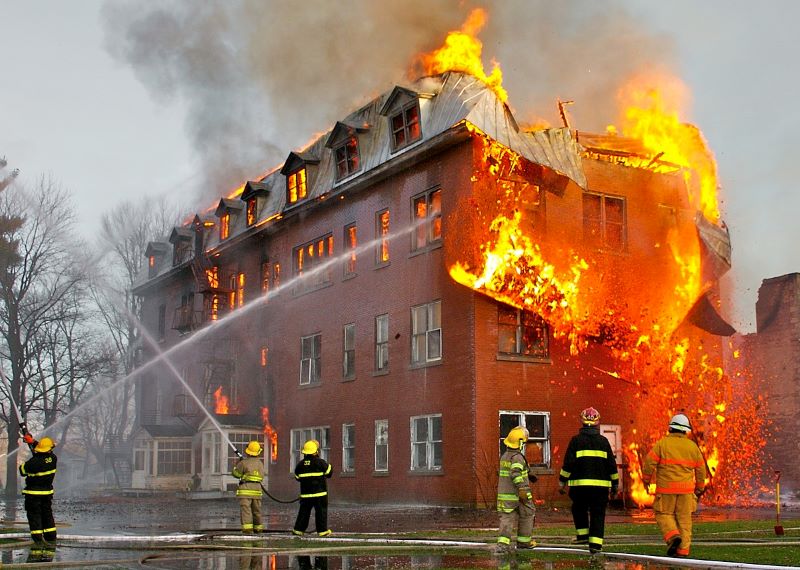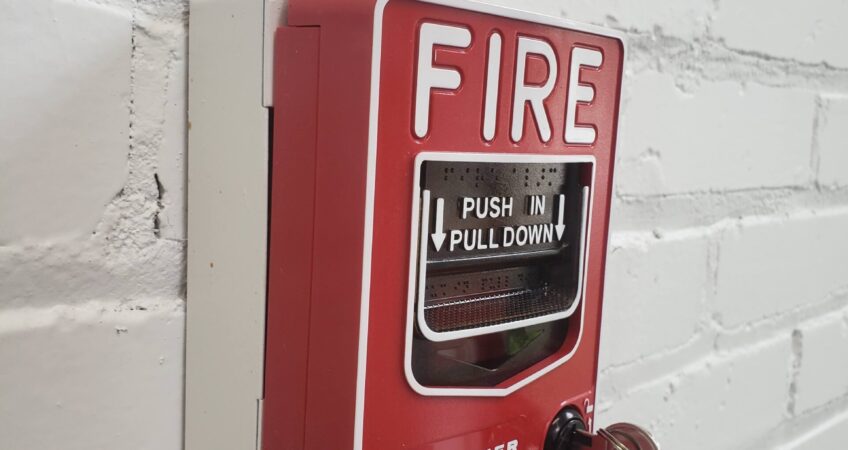Article by Will Gregory – Fire Alarm Specialist
In the ever-changing world of the fire alarm industry, our focus often gravitates towards carefully ensuring we meet the most stringent requirements laid out by the IBC (International Building Code) and the NFPA (National Fire Protection Association Code). We carefully review building drawings and design systems meticulously aligned with the recommendations of engineers to remain in compliance with the required codes and standards. But while these regulations are in place to require a base level of protection, is the minimum enough when it comes to a facility’s life safety systems?
While many new construction projects require Fire Alarms, there are often exceptions. For example, some structures under 2000 square feet often escape the mandate for fire alarms or sprinkler systems during new constructions.
What about all the other buildings built 20, 30, 40 or more years ago? These relics of the past, devoid of comprehensive fire protection requirements beyond a meager fire extinguisher, are like ticking time bombs.

Consider a scenario where a fire ravages through a commercial establishment without any sprinkler or fire alarm because it was not required. The consequences can be dire. Fire related injuries or death can be devastating not just to victims and their families, but also those who didn’t do enough to protect them. Property damage and subsequent repairs can be incredibly expensive. On top of this, a business can face the grim prospect of lost revenue with each passing day of closure that could have been averted had an adequate fire alarm or fire suppression system been in place at a minimum.
The repercussions of conforming to the bare minimum can be more costly than anyone previously thought. Business owners can often end up grappling with historic losses, not just from property damage that can reach well into the six figures after a fire, not to mention the crippling blow dealt by interrupted operations. This amount does not even consider legal liability from any death or injuries that may have occurred as a result of the incident.
Interestingly, a fire alarm system can be a fraction of the cost of the expenses that can result from a fire. Furthermore, advances in technology, like wireless equipment, can be a cost saving alternative by eliminating the high cost of running wire.
In essence, the term “not required to act” should never translate to “should not act.” The actual reality is that the price of complacency in matters of fire alarm far exceeds the cost of prevention. As stewards of safety, it’s imperative that we transcend the confines of minimum requirements and champion proactive measures that safeguard the lives of those within our buildings.
Contact Oliver Fire Protection & Security for a FREE Life Safety Survey!

